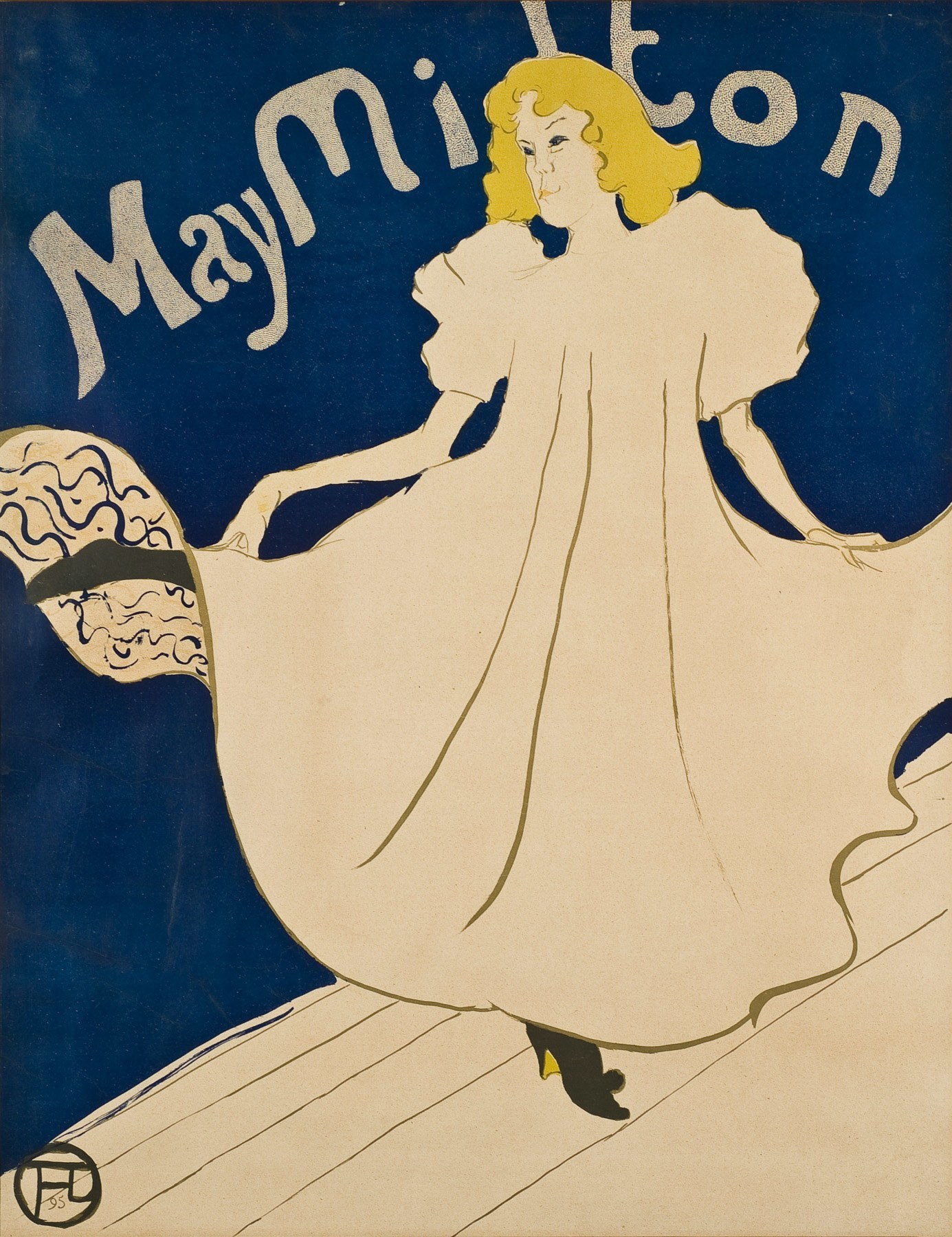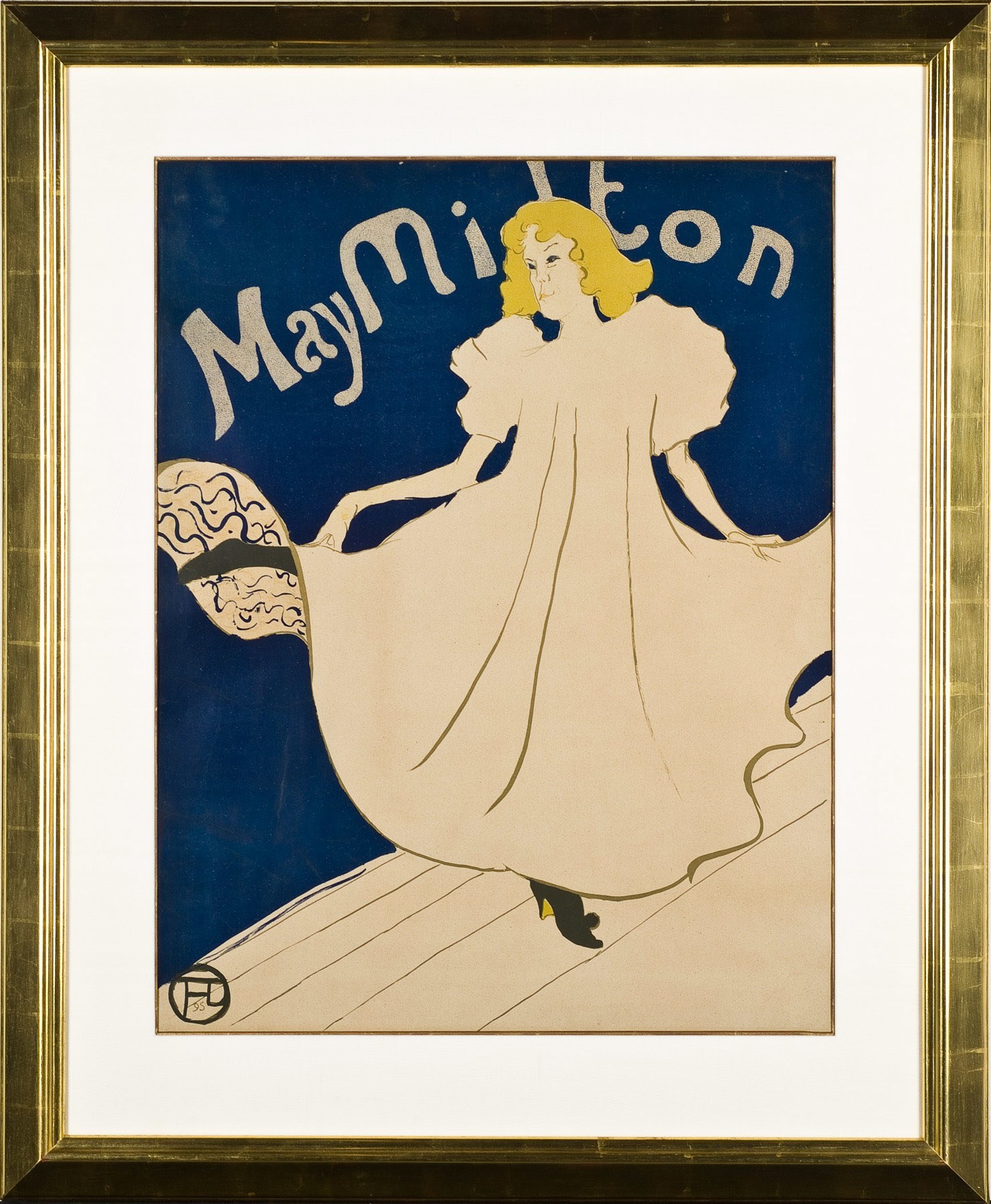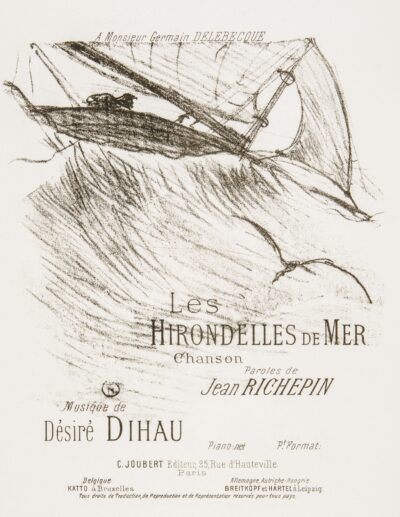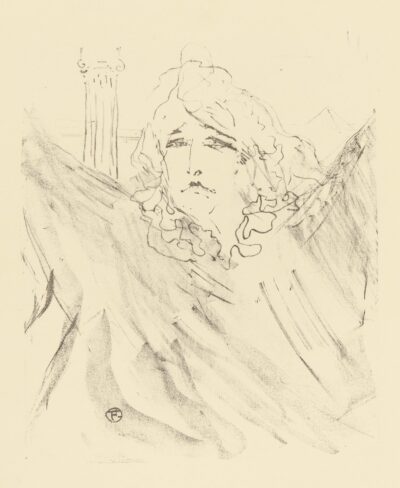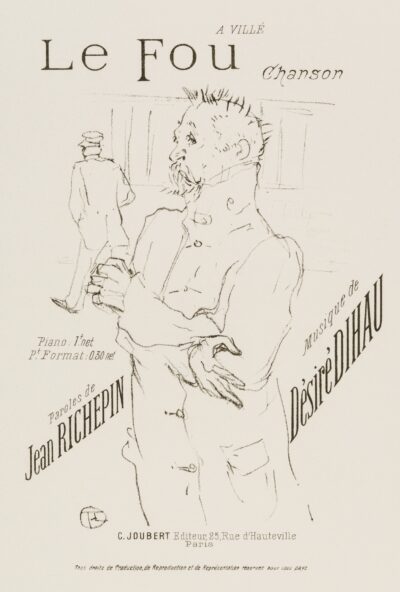May Milton
Henri de Toulouse-Lautrec
May Milton
Lithograph
1895
An original Henri de Toulouse-Lautrec Lithograph print.
1895
Original lithograph printed in five colors (blue, red, yellow, black, olive-green) on wove poster paper.
Signed with the artist’s monogram device and dated on the stone lower left.
A fine impression of Wittrock’s state “B” ( of C), Adriani’s second and final state (after the removal of the remarque, a banjo-playing clown in black face, from the lower right corner of the stone) of this apparently very scarce poster, From the edition specifically recorded by both Jean Adhémar (1965) and Götz Adriani (1988) in their respective catalogues raisonné as being only 100 impressions in this state (apart from the edition of 25 before the removal of the remarque, and the four known trail proofs recorded by Wittrock). Commissioned by May Milton; printed by Edward Ancourt.
Catalog: Delteil 356; Adhemar 194; Wittrock P17; Adriani 134
31 3/8 x 24 3/4 inches
Sheet Size: 31 3/8 x 24 3/4 inches
The English "Miss", May Milton performed for only one season in Paris on a small, undistinguished stage, then departed for New York and was never heard from again. She is remembered entirely because of Lautrec’s art, immortalized as the nightmarish head emerging from the corner of The Art Institute of Chicago’s painting, At the Moulin Rouge (1892-95). May Milton seems to have fallen short of both beauty and talent. Joyant described her as "a pale, clown-like face, rather like that of a bulldog," and Coquiot gave an outrageously offensive critique of Lautrec’s 1895 poster portrait of May, belaboring not so much the work’s artistic quality as the dancer’s mouth. Although he didn’t prettify her, Lautrec designed a riveting blue poster for her tour of the United States, and supposedly intended it to be a pendant to the red poster of her lover, May Belfort.
